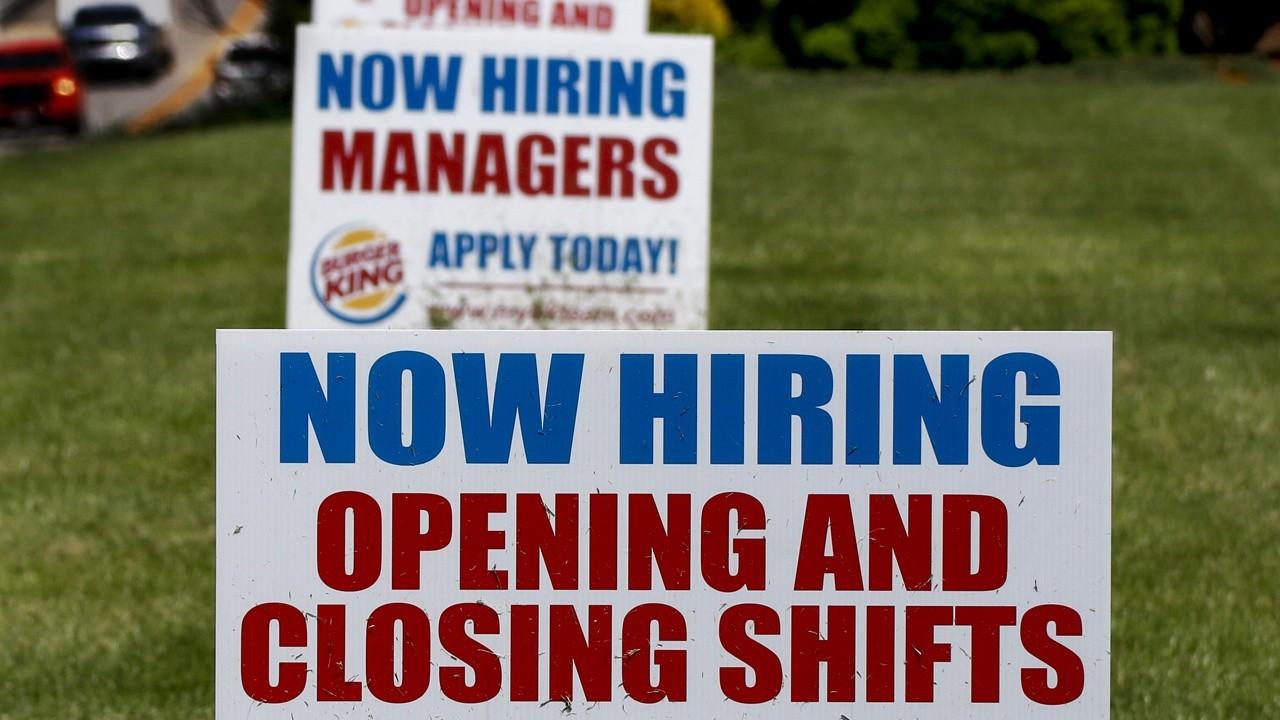Georgia was the first US state to reopen. What does its economy look like now?
Georgia is now viewed as a bellwether of sorts for how quickly the U.S. economy may return to pre-crisis levels
A little over a month ago, Georgia became the first U.S. state to allow businesses to reopen from the coronavirus lockdown, leaving a roadmap to recovery for the rest of the country as it starts to gradually ease stay-at-home guidelines.
So far, the state has not experienced a sustained surge in COVID-19 cases that critics warned would happen when the shelter-in-place order expired on April 30, even as nail salons, hairdressers, bowling alleys, gyms, restaurants and clothing stores reopened, so long as they followed proper safety guidelines.
Georgia is now viewed as a bellwether of sorts for how quickly the U.S. economy may return to pre-crisis levels.
US JOB GROWTH ROARED BACK IN MAY: THESE INDUSTRIES SAW THE BIGGEST GAINS
Early evidence suggests the rollback of restrictions led to a significant jump in economic activity: According to a new analysis published by the University of Wisconsin-Madison, activity in Georgia is down just 24 percent from the year-ago period, compared to a 55 percent decline in mid-April.
The state has also seen a drop-off in the number of Americans filing for unemployment benefits, though the number of individuals out-of-work remains persistently high. Georgia’s jobless claims peaked at the beginning of April, with 390,132 first-time claims, according to Labor Department data. When the state reopened, the number of claims went up and down, before seemingly plateauing in mid-May and eventually dipping to 148,095 the week ended May 30.
Still, there are about 750,918 workers in the state who have been receiving jobless benefits for at least two weeks — up from 390,132 in early April.
WHAT HAPPENS TO YOUR UNEMPLOYMENT BENEFITS IF YOU REFUSE TO GO BACK TO WORK?
Economists have cautioned that until the threat of a second wave of COVID-19 infections fades — either with the development of a vaccine or treatment — the economy will not return to its pre-crisis highs.
"I would say, though, we're not going to get back to where we were quickly. We won't get back to where we were by the end of the year. That's unlikely to happen," Federal Reserve Chairman Jerome Powell said at the end of May during a “60 Minutes” interview. "For the economy to fully recover, people will have to be fully confident. And that may have to await the arrival of a vaccine."
WHITE HOUSE MULLS MORE VIRUS RELIEF: HERE'S WHAT IT COULD INCLUDE
That assessment is backed by Goldman Sachs research that illustrated the decline in economic activity was the result of social distancing guidelines and people who chose to stay home, not because they were ordered to do so.
According to data from Google’s Community Mobility reports, which track individuals’ visits and time spent at workplaces, transit stations and stores and restaurants, activity has increased modestly in Georgia since bottoming out in April. But it remains well below the pre-crisis levels: Retail and recreation activity, including restaurants, shopping centers, museums, libraries and movie theatres, is down 16 percent, compared to the baseline. At its lowest, retail and recreation activity plunged below 40 percent.
“States that have reopened retail and restaurants have seen a substantially larger increase in those activities than states that have kept those businesses closed,” an analyst note from Goldman Sachs on May 15 said. “States that have been open for longer have seen even more of an increase in activity.”
GET FOX BUSINESS ON THE GO BY CLICKING HERE
By comparison, retail and recreation activity in New York, the American epicenter of the outreak of the virus, is down 47 percent from its typical baseline.




















